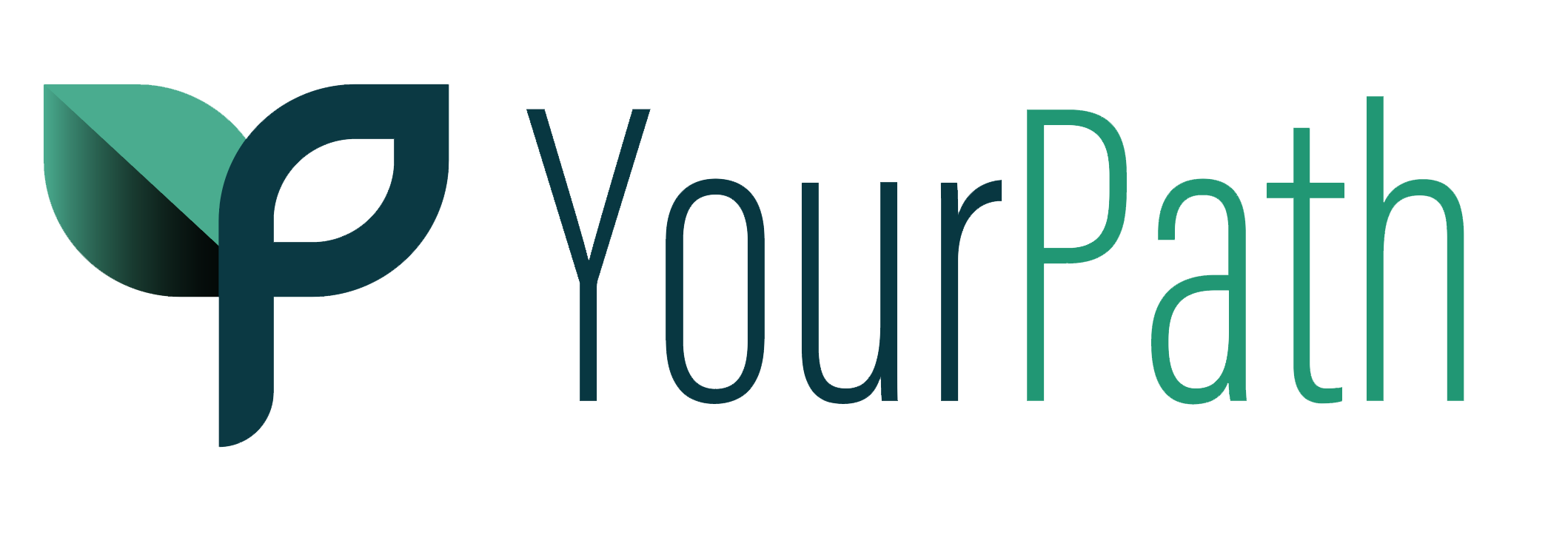YourPath Data Point: Average overdoses per patient
We collect an incredible amount of data here at YourPath, and with the help of Yunyang Zhong, a student at Macalester University, we have been able to analyze our data at a level that was previously impossible.
As we continue to leverage our data collection and analysis efforts to improve care not only in our corner of the system — but across populations at large — it will be vital to identify data points which might help to drive systemic improvements. We will be posting periodically about singular data points and what we might learn from them.
Average number of OVERDOSES AMONG PEOPLE WHO HAVE USED OPIOIDS (EVER) — 1.21
We all know we are in the midst of an overdose crisis.
But, are we acting like it?
Between the overdoses and the effects of Covid, the individuals and families we serve are experiencing not just the often-horrific consequences of issues related to substance use and mental illness, but the issues of system disintegration and dysfunction that prevents accessing timely, quality, care. In no data point is this story told like it is above.
Of the individuals who have used opioids at any time in their life who have come to us for an assessment and connection to care, the average number of overdoses is 1.21.
Want to guess the number of those individuals seeking services who came to us on medication for opioid use disorder (MOUD)?
Zero.
We have medications that:
Improve patient survival
Increase retention in treatment
Decrease illicit opiate use and criminal activity among people with substance use disorders
Increase patients’ ability to gain and maintain employment
Improve birth outcomes among women who have substance use disorders and are pregnant
And yet, access is limited.
This access continues to be limited by arbitrary administrative roadblocks. These systemic failures are not new, but in the context of the pandemic wrapped in an epidemic, the risks are heightened — effectively weaponizing our collective inability to integrate and reduce barriers to care.
Many of our patients were not aware of the potential benefits of these medications, and like many people who have had experiences exclusive to abstinence-based recovery supports and/or specialty treatment, there was a significant amount of misinformation around how these medications work. The risks and benefits for people and recovery hadn’t been communicated effectively in many cases. I can’t help but wonder if these individuals had received an assessment somewhere else, would medication have been offered as an option?
Our experience is that thorough, (truly)-informed-consent has not occurred in many individual’s care journeys. While this process is tedious and often glossed over in many specialty treatment settings, it is absolutely imperative we educate our patients not just on what services we provide, but what services are available.
Those who have always suffered continue to experience disproportionately poor outcomes across all meaningful measures. And, we continue to need more widespread adoption of the things that reduce overdose — namely, MOUD.

